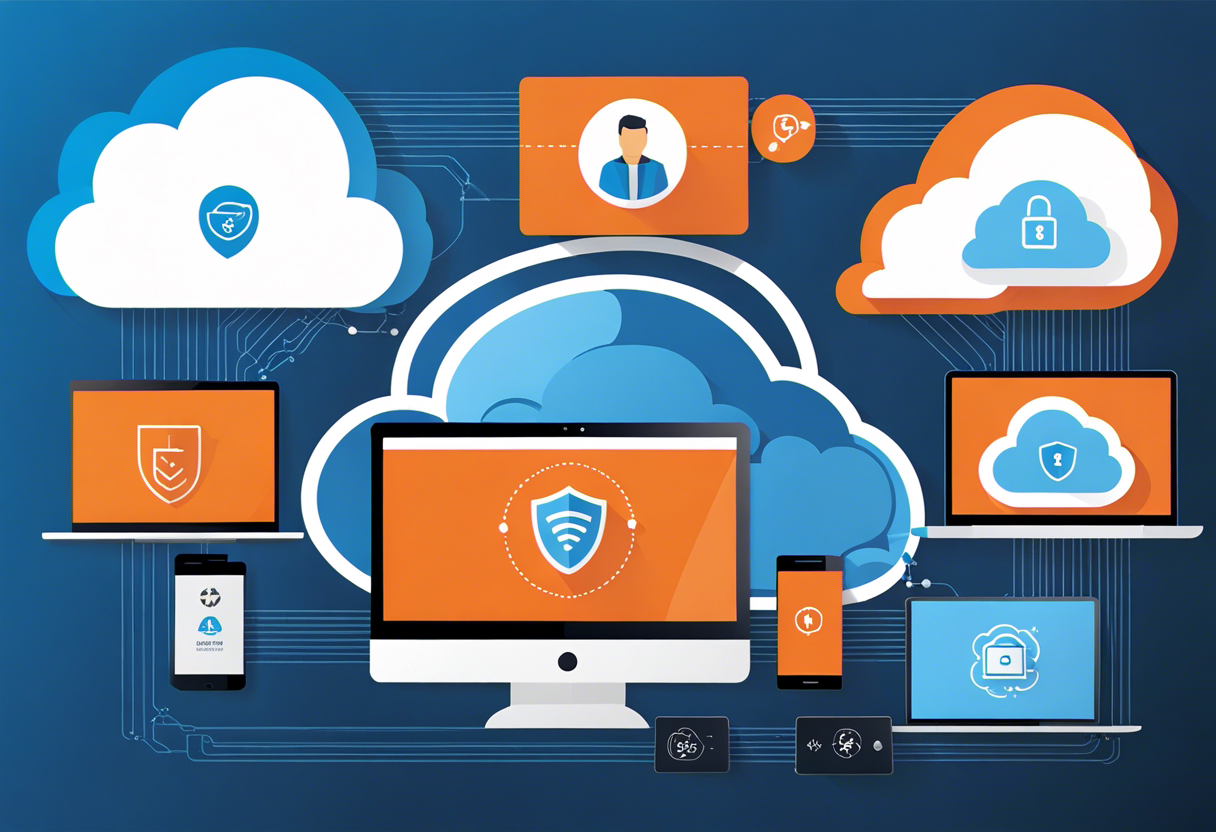Mastering the Maze of Zero Trust Identity Management: Top Three Strategies to Propel Your Cybersecurity Stance to Unprecedented Heights
In the age of cyber threat sophistication, Zero Trust Identity Management has emerged as a cutting-edge security concept. This strategy shields networks from suffering breaches by assuming no user, system, or process is trustworthy. It hinges on the motto, "Never trust, always verify." But that's just the 'definition.' Understanding the ins and outs of this umbrella term requires diving into the foundational principles that pilot this cybersecurity approach.
Precision access principles guide Zero Trust Identity Management. Nobody, irrespective of their location in or out of the network, is given open access to the network’s resources. Users are given specific access, depending on the degree of trust, the necessity, and the risk involved.
Identity verification follows the rule of least privilege in this security model. As a strict policy, users must only get the permissions absolutely necessary to conduct their job functions. Regular audits help to ensure both user compliance and continuous monitoring.
Zero Trust adopts the strategy of microsegmentation, creating smaller partitions within your network. This strategy reduces the risk of lateral movement of intruders within the network, thus further safeguarding your digital assets.
Strategy 1: Hybrid Cloud Solutions

As many organizations transition to the cloud, maintaining security is crucial. Zero Trust Identity Management integrates perfectly with hybrid cloud solutions, helping to maintain precision access and prevent data leaks.
Secure Access Service Edge (SASE) combines networking and security functions in a single cloud service. It enables businesses to provide secure access to applications irrespective of their hosting environment. Utilizing SASE in a Zero Trust framework ensures robust network security and versatile access management.
Multi-factor Authentication (MFA) provides an extra layer of security on the cloud by requiring users to present multiple pieces of evidence to verify their identity. It is a vital cog in the Zero Trust framework contributing to the robust identity verification process.